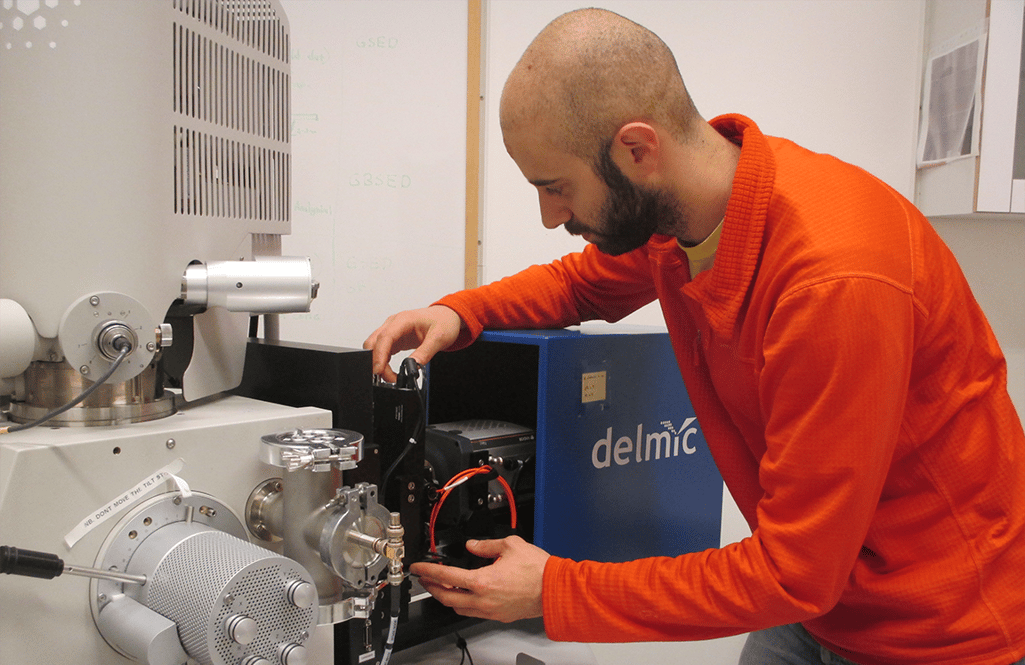Talk to an expert
Get in touch with one of our experts to get more information.
Call +31 (0)15 744 01 58 or book a meeting in the agenda.
揭示物质基本性质的阴极发光解决方案
全自动一体化的冷冻电镜解决方案,解锁冷冻电子断层扫描的无限可能。
实现稳定可靠且高通量的超快体电镜解决方案
集成了荧光和电子显微镜功能于一体的关联显微镜解决方案

Gold and silver particles are used for this application and, in this form, are known as plasmonic antennas. The applications of plasmonic antennas are numerous: they have been proposed as the key elements for the next generation of solar cells, as biological sensors and as an amplifier of optical signals to answer fundamental questions on the interaction between light and matter at the nanoscale level. Professor Käll's research group focuses on all these aspects of plasmonic antennas.
In order to examine the properties of plasmonic antennas, the group of Dr. Verre uses cathodoluminescence imaging, which allows to easily probe materials at the nanoscale and observe the light that is emitted. Optical microscopy technique cannot resolve the optical antenna´s behaviour at the nanoscale due to the diffraction principle. However, this is the most valuable information about these objects. “We hence needed a tool able to experimentally measure where and how light is concentrated and focused and cathodoluminescence was the perfect tool for us.” – says Dr. Verre.
When searching for a cathodoluminescence solution, the SPARC system stood out because it offered ease of use and flexibility. Dr. Verre mentions that a particularly interesting aspect was that the system provided codes for analysis of angle-resolved measurements.
With the SPARC system, the group of Dr. Verre were the first ones to measure the chiral response with nanometer resolution. Chirality is an important aspect of many molecules and is essential in many biological processes. The possibility of coupling Au antennas with chiral molecules has been discussed largely by scientists, and the group of Dr. Verre was able to measure it by inserting optical polarization elements before reaching the detector.
Acquired in 2015, the system has been running for five years. Maid benefits of the system, according to Dr. Verre are the possibilities and flexibility of the system, which can be upgraded with optical elements to analyze the response. He also points out the ease of alignment for reproducible and stable signals.
Delmic has developed an integrated solution and provided excellent one-to-one support which has been of help to our research